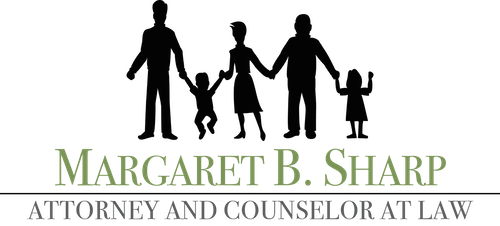LIMITED SCOPE REPRESENTATION
FULL SERVICE REPRESENTATION
NEWSLETTER SIGN UP
NEWSLETTER SIGN UP
Marital Property on Death of Spouse
Property for married couples in California may be characterized in three different ways: separate property (belonging to only one spouse solely), community property (belonging to both spouses in equal and undivided portions),or quasi-community property (property located outside of California that would be considered community property if it were held in California). In this newsletter, reference to “marital property” will mean either community property or quasi-community property, but not the person’s sole and separate property.
Married couples often do not give much consideration about the character of their property. They take title to their assets in whatever way seems expedient at the moment. Sometimes property is co-mingled between the spouses which further complicates the determination of its character. During the estate planning process, the issue of the character of the couples’ property requires careful consideration. The character of an asset impacts how that asset may be allocated or distributed at the death of the first spouse.
Note that allocation of assets at death may differ dramatically from allocation between spouses during divorce. I will focus solely on what happens to marital property at death.
INTESTATE SUCCESSION
Intestate succession of property refers to the transfer of property belonging to a person who did not complete his or her estate planning before death. The California Probate Code provides that upon the death of a married person, one half (2) of the marital property belongs to the Deceased Spouse and the other one half (2) of the marital property belongs to the Surviving Spouse.
The Deceased Spouse is allowed to dispose of his or her portion of the marital property (with one exception) to whomever desired by way of a testamentary instrument such as a Will or Trust. However, if no effective testamentary disposition is made, California law provides that the Deceased Spouse’s marital property passes to the Surviving Spouse. The exception to this rule is for property held by the married couple as “community property with right of survivorship”. A Deceased Spouse’s Will or Trust will have no effect on property titled in the names of both spouses as community property with right of survivorship. Such property passes to the Surviving Spouse by operation of law.
TRANSMUTATION OF PROPERTY
Married persons may agree to change the character of their property, either from the separate property of one of them to the community property of both of them, or from the community property of both of them to the separate property of one of them. This change in character of property is called “transmutation”. In order to be effective, a transmutation of property must be in writing, contain an express declaration of the intent to change the character of the property, and is joined in, consented to, or accepted by the spouse whose interest would be adversely affected by the change in the property’s character.
ITEM THEORY VS. AGGREGATE THEORY
California case law applies an “item theory” to the division of community property on the death of the first spouse. Under the item theory, each spouse has an undivided one half (2) interest in and to each and every item of community property held by the couple. However, many couples consider that they own an undivided interest in the community property estate as a whole (an “aggregate theory”).
Which theory of community property is used during the administration of a trust upon the death of the Deceased Spouse affects how the marital property is divided and allocated to the sub-trusts. It also affects the interest of the non-participant spouse in the retirement plan of the deceased spouse.
The California Probate Code allows spouses to agree in writing to use an aggregate theory rather than an item theory. In fact, under Section 104.5 of the Probate Code, the transfer of community property to a revocable trust is presumed to be an agreement that community property assets retain their character in the aggregate. Nevertheless, it is important to have an express statement of which theory is being used during the administration of living trusts.
NON-PROBATE TRANSFERS
Non-probate transfers are transfers of property without the administration of a probate estate or a trust estate. There will still be a certain amount of paperwork in order to complete the transfers, but a full blown probate process will not be necessary.
Examples of non-probate transfers include:
1) Bank accounts which have a designated beneficiary (Totten Trusts). If a bank account has a designated beneficiary, the person’s Will or trust will not control the disposition of it at the person’s death;
2) Personal property assets, generally under a certain dollar amount, which pass to the deceased person’s “successor in interest” (defined in the California Probate Code). The Code provides an order of priority as to which relative is first in line for these assets. Transfers area accomplished by a Small Estates Affidavit;
3) Real property of small value which passes to a deceased person’s next of kin (again with an order of priority provided in the Probate Code) by way of an abbreviated court process; and
4) Community property of a deceased spouse which passes to the Surviving Spouse. How this transfer is accomplished depends on what kind of asset it is, how much it is worth, and how title to it is held.
LIFE INSURANCE
A spouse can acquire a community property interest a life insurance policy owned by the insured when the person pays the insurance premiums from wages earned during the couple’s marriage. If the designated beneficiary of the life insurance policy is the spouse, this community property interest is normally not a disputed issue at the time of the person’s death because the spouse is the one receiving the full death benefit of the policy.
The post Marital Property on Death of Spouse appeared first on Sharp Estate Planning.

